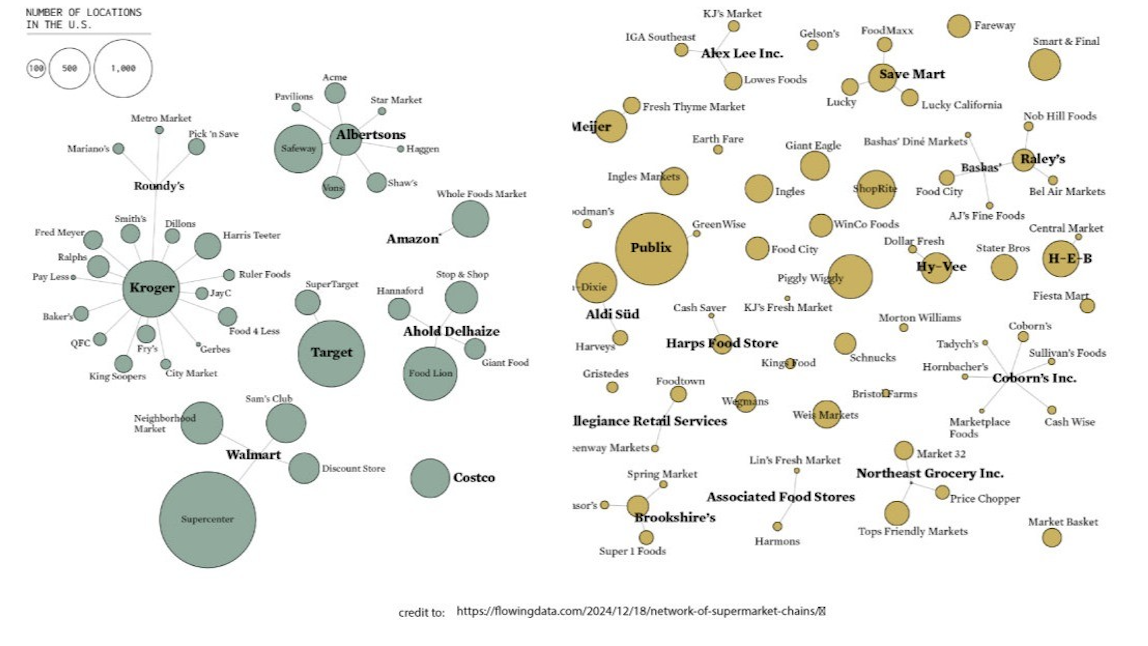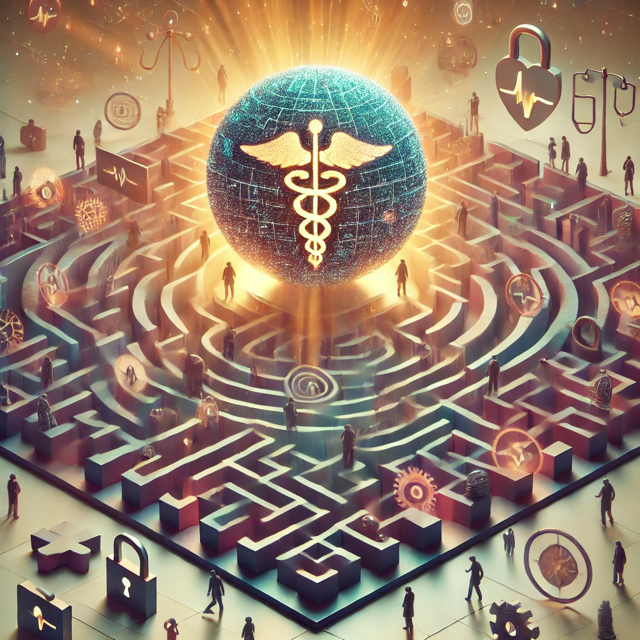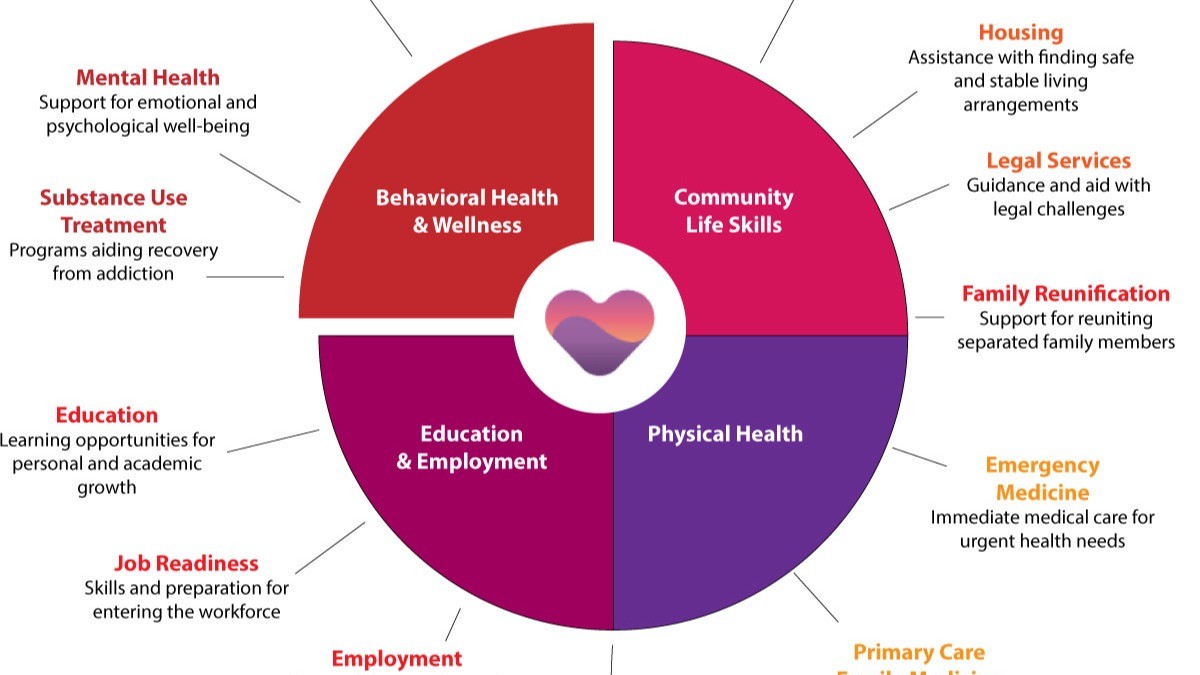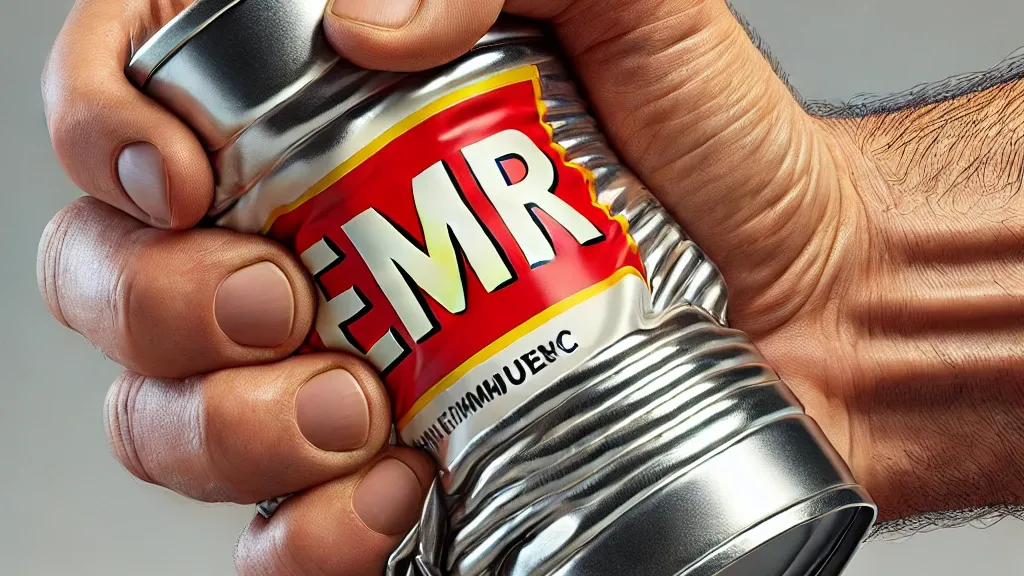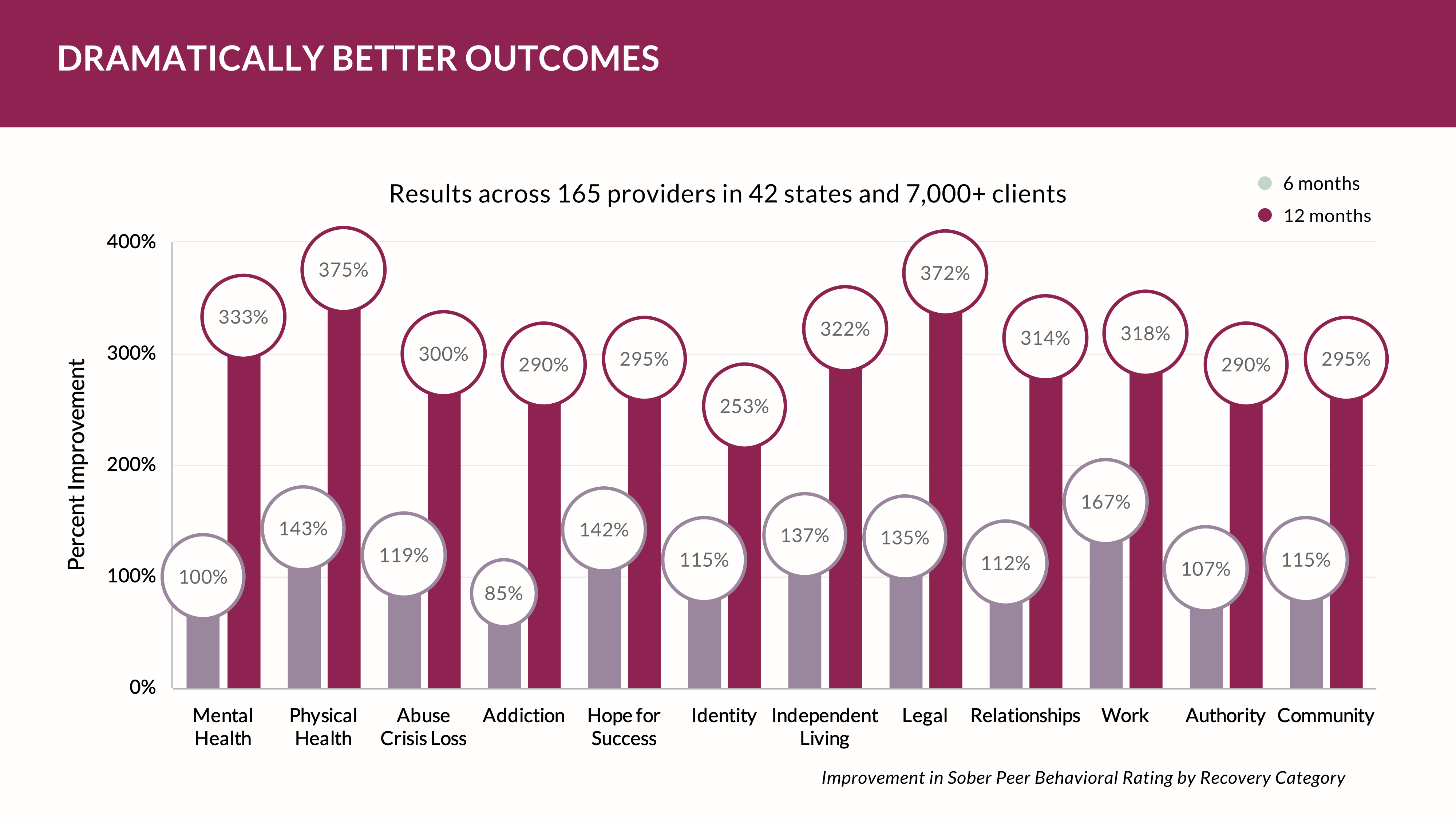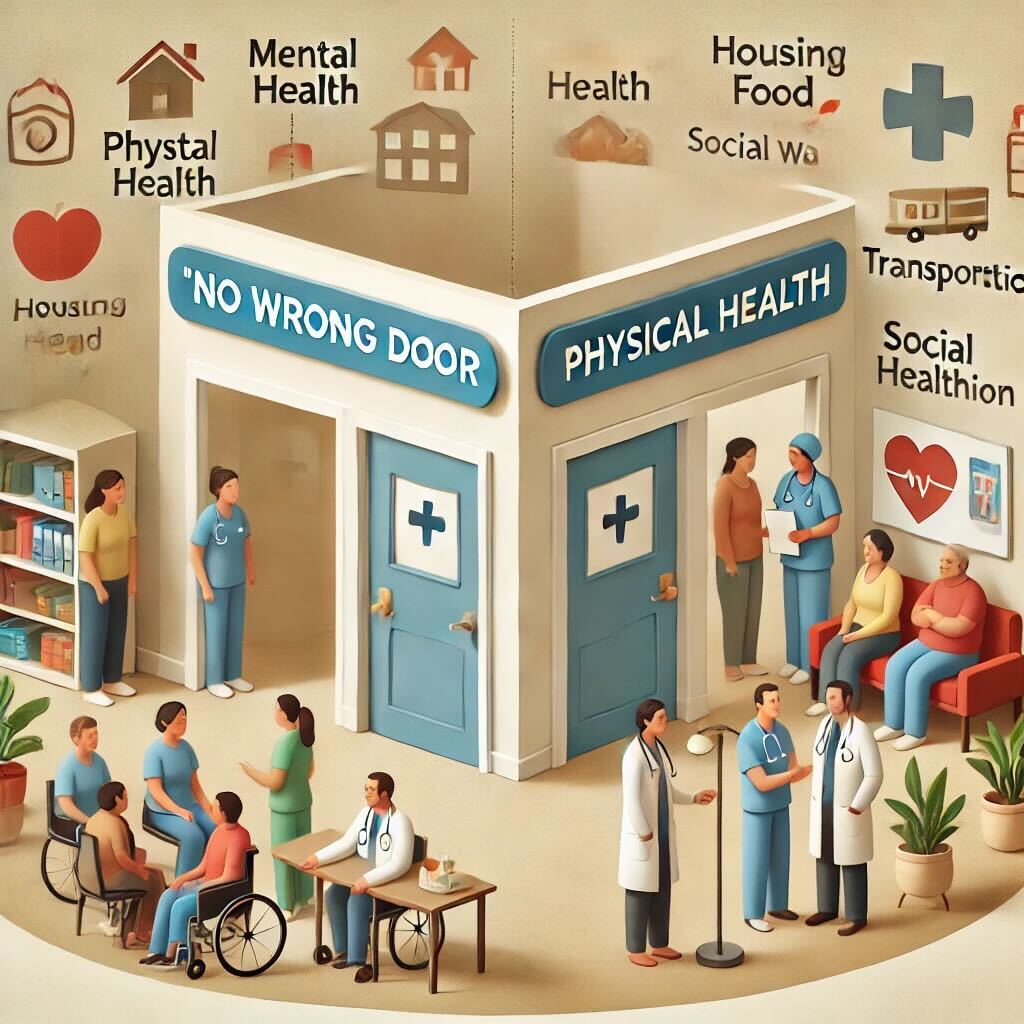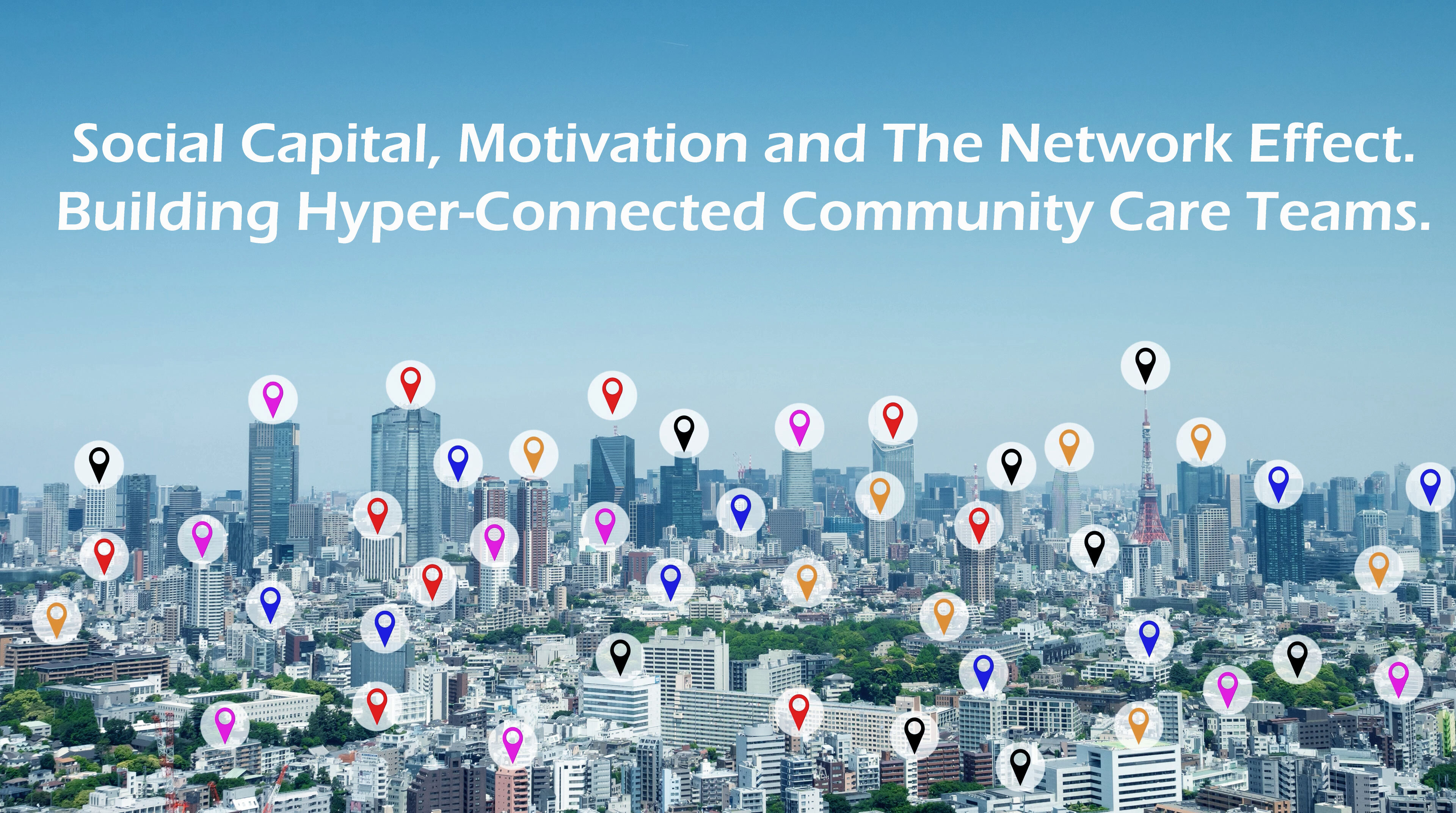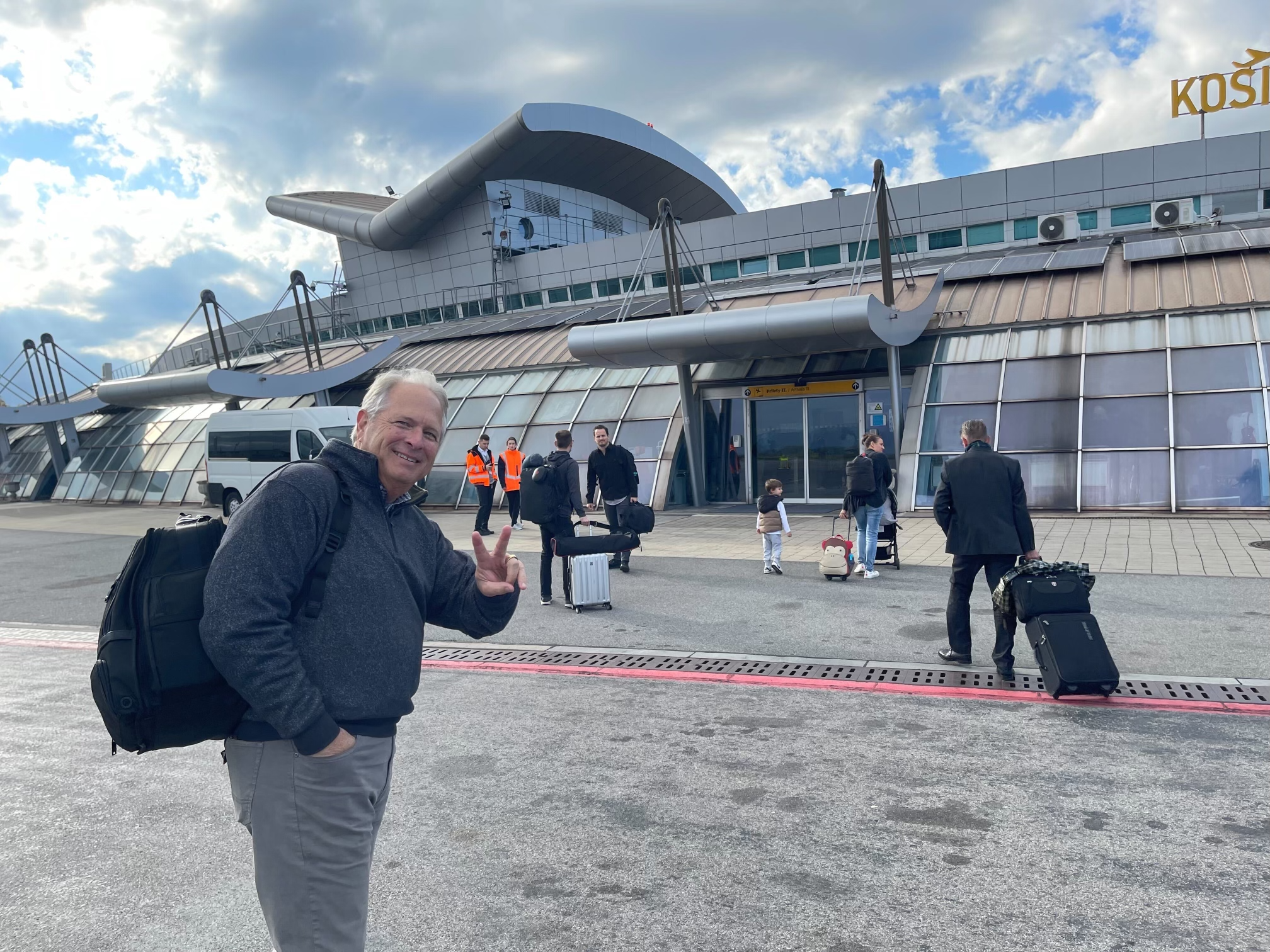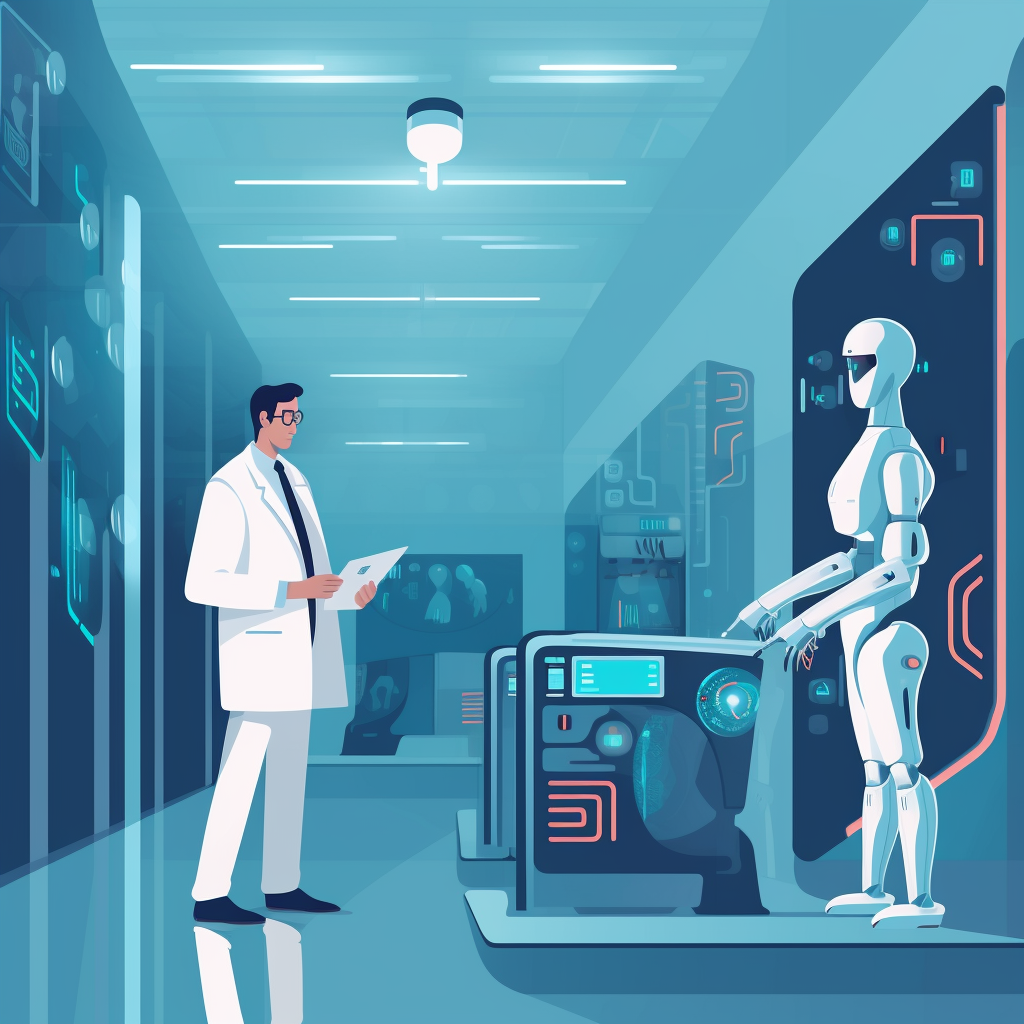Published Date:
Mar 13, 2025
Exclusive
Mental Health
Addiction
Drugs
Ant Pheromone Study May Improve Mental Health Outcomes
After five years of research inside 7 million days of behavioral health observational data, I've reached some fundamental conclusions about optimizing care outcomes. But first, here's the first principles problem:
Clinical care outcomes for behavioral health lag most common chronic diseases
Behavioral health cases are difficult to manage; no argument there. But, we can do better. After examining 25,688 clinical case outcomes the question becomes "what can be done to improve outcomes"?
The answer can be best told by the biological observation of the common ant.
Ants operate with simple rules. Their collective interactions create an intelligent and adaptive system where the value of the colony increases as more ants participate and share information. That concept is called the network effect that improves productivity of the colony through their highly interconnected and collaborative behavior. This enables them to efficiently solve complex problems like finding food, building nests, and defending their colony. In other words, social determinants of their colony health have the largest effect on the colony’s outcome. Here’s how they do it:
Ants and the Network Effect. Communication through Pheromones:
Ants lay pheromone trails to communicate the location of resources. The more ants use a trail, the stronger the pheromone signal becomes, guiding others to the best resources. This dynamic feedback loop ensures that the colony quickly adapts to changing environments and optimizes resource allocation. Likewise, siloed colonies die quickly.
Decentralized Problem Solving:
No single ant directs the colony; instead, individual ants act based on local information and cues from their peers, creating an emergent, self-organizing system. This decentralized network is resilient, scalable, and efficient.
Collaboration Across Roles:
Different types of ants (workers, soldiers, queens) perform specialized tasks, but their integration and coordination ensures the survival and growth of the colony. Fire ants (not FHIR but parallel intended) can destroy colonies due to their incompatible behavior when defending their siloed territory or food source, often leading to the displacement of other communities.
Relation to Healthcare Outcomes
The healthcare system can draw parallels from how ant colonies leverage the network effect to achieve better outcomes. The network effect in healthcare is weak because it is siloed, due in large part by the rigidity of the EHR to handle integrated care teams and an institutionalized fee-for-service rule set. Here’s a deeper look:
Improved Resource Sharing and Utilization:
Just as ants strengthen pheromone trails to direct the colony toward optimal food sources, an integrated healthcare network amplifies access to essential services. For example, patients can be directed to both clinical care (e.g., therapy) and social services (e.g., housing support), ensuring resources are allocated efficiently.
Decentralized, Patient-Centered Care:
Like ants solving problems locally, healthcare networks need more providers and social services to act independently while sharing data and insights in teams. This decentralized model enables faster, more tailored interventions for patients without relying on rigid, top-down hierarchies.
Dynamic Feedback Loops:
Ants continuously adapt their behavior based on the feedback from the colony. Similarly, a healthcare network that tracks patient outcomes and shares data across collaborative provider teams creates a feedback loop, allowing the system to adapt and improve over time.
Specialized Collaboration:
Different healthcare providers (e.g., doctors, social workers, counselors) function like specialized ants. Their collaboration ensures that patients’ physical, mental, and social health needs are met holistically.
Why This Matters
For five years, our team has been searching for ways behavioral health can improve low rates of optimal outcomes (around 31% in our examination of over 25,000 cases) and why the cost of getting there is among the highest of all diseases. And it’s answer could lie with the common ant -- and the network effect.
In healthcare, integrating clinical services with community social services will create a networked system that mimics the adaptability and efficiency of ant colonies. As more providers and services join and interact within the network, the value grows exponentially, leading to:
• Lower costs through better resource allocation.
• Improved behavioral health outcomes via holistic care.
• A resilient, scalable, and patient-centered system.
Can embracing the network effect re-engineer behavioral healthcare into a system as adaptive and effective as nature’s own problem solvers—ant colonies?
We'll be watching.
Clinical or social services agencies are welcome to inquire about the study and other findings by appointment HERE.
YOUU Health is a leading cross-collaboration population health infrastructure for clinical and community services providers. It's YOUUniverse platform allows providers to develop integrated care units to collaborate care in privately built networks by membership across any geographical or industry boundary. To learn more about membership or YOUU Health, visit us at our website www.youu.com, or by appointment here or by email at ed@youu.com.
Other Blogs
The Plan No One Sees Coming—But Soon Will
Exclusive
Mental Health
Addiction
Drugs
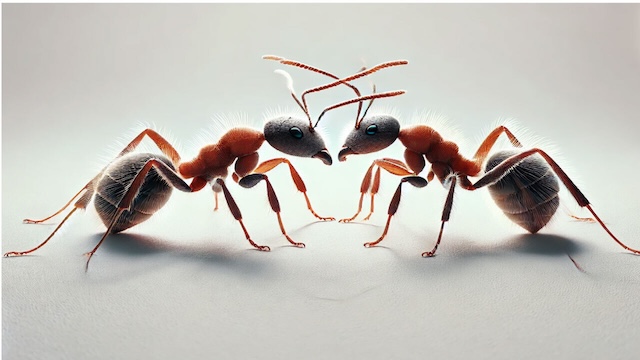
Ant Pheromone Study May Improve Mental Health Outcomes
Exclusive
Mental Health
Addiction
Drugs
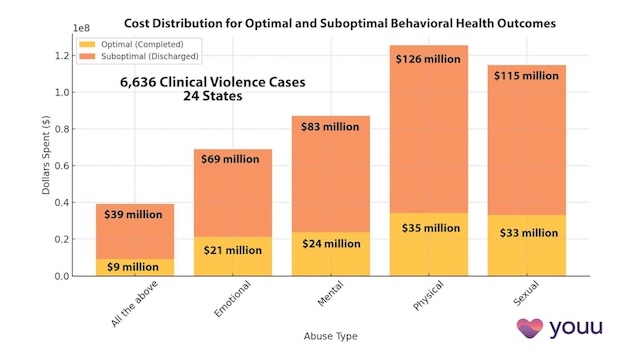
Interrupting Violence Should Be Irresistibly Investable
Exclusive
Mental Health
Addiction
Drugs
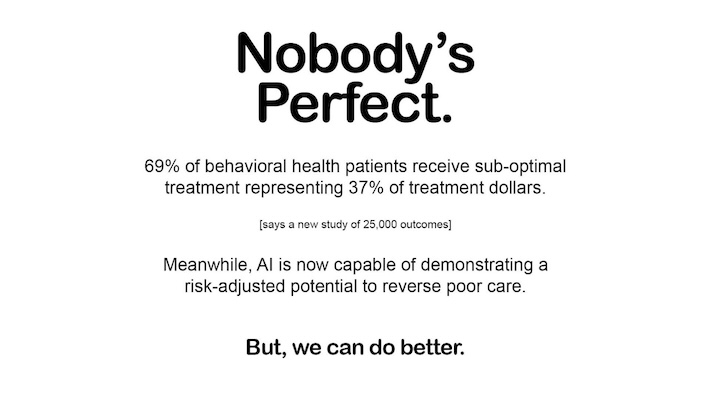
69% of Behavioral Health Patients Receive Sub-Optimal Care According to a New Analysis
Exclusive
Mental Health
Addiction
Drugs
Other Blogs
Have Questions? Lets Meet
Select a time you like to meet with us

